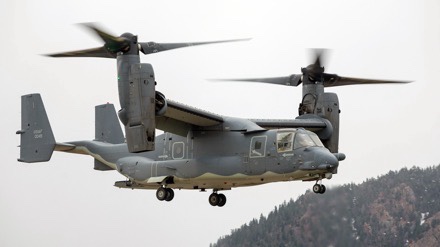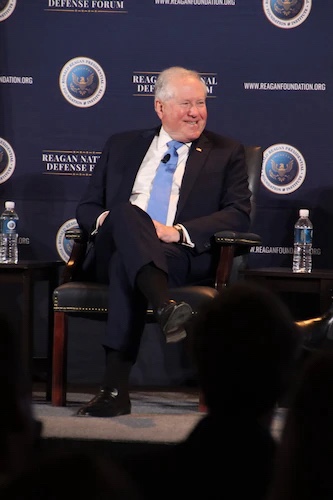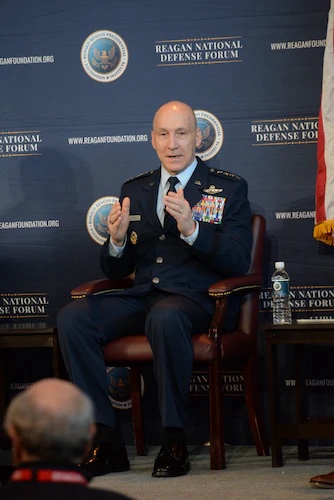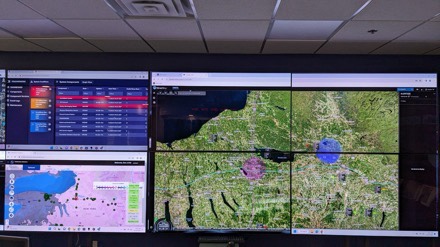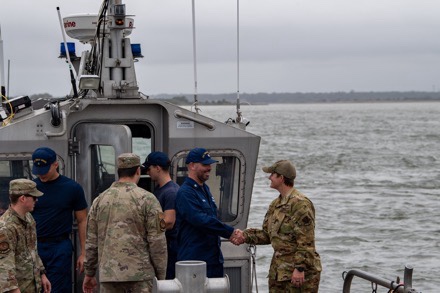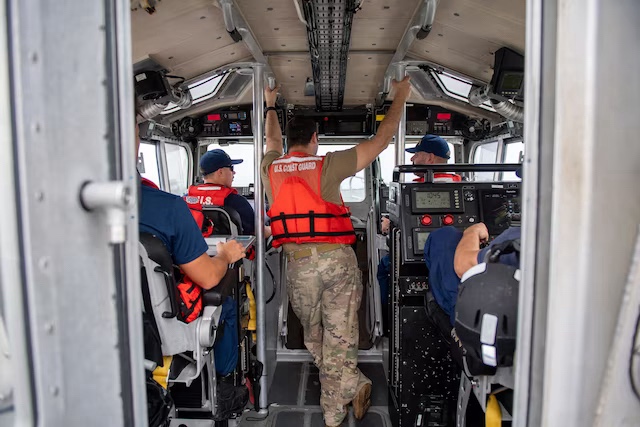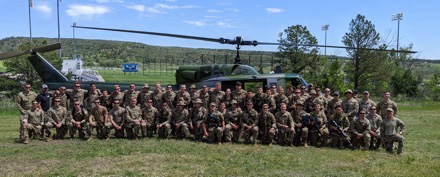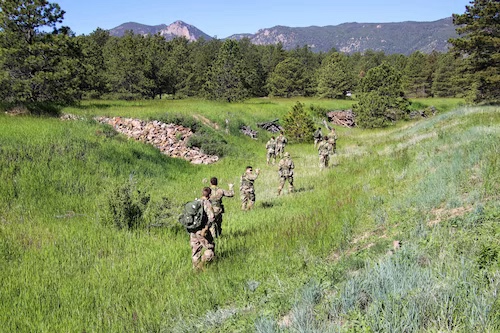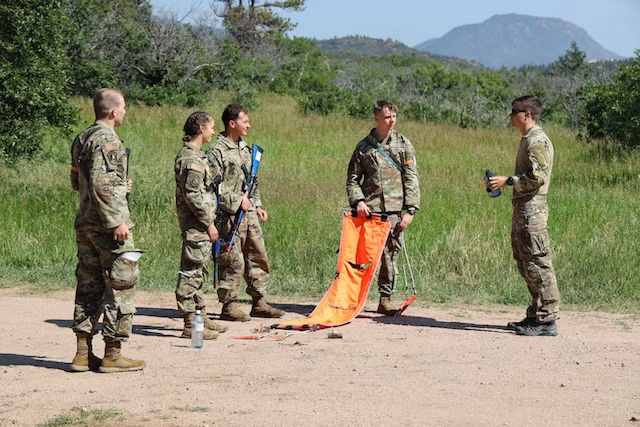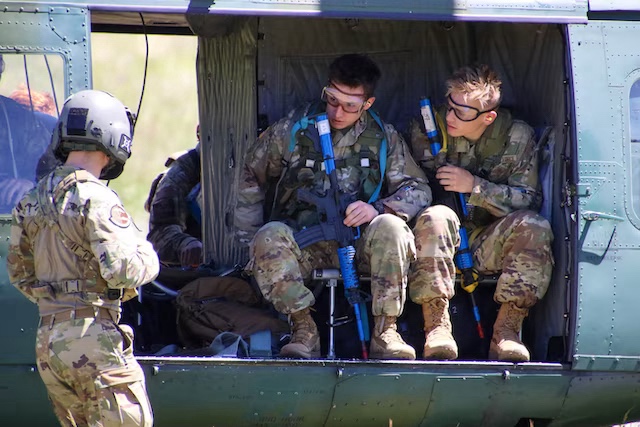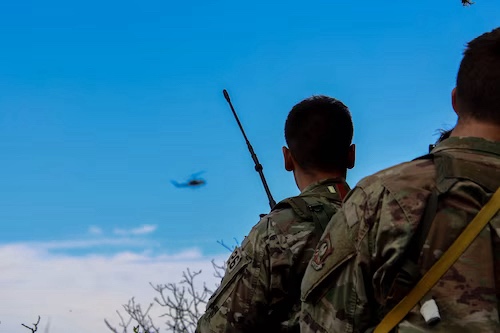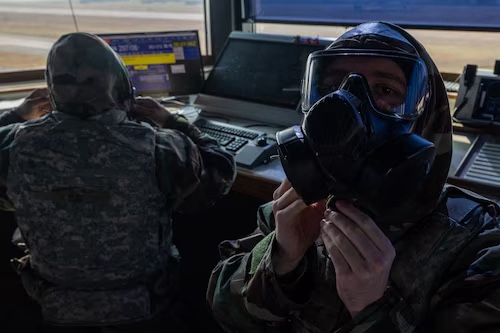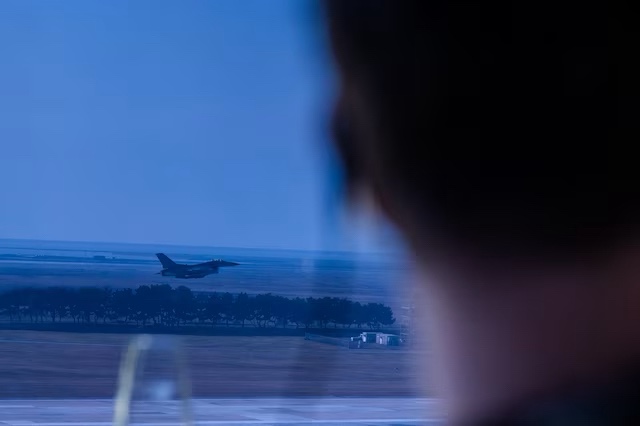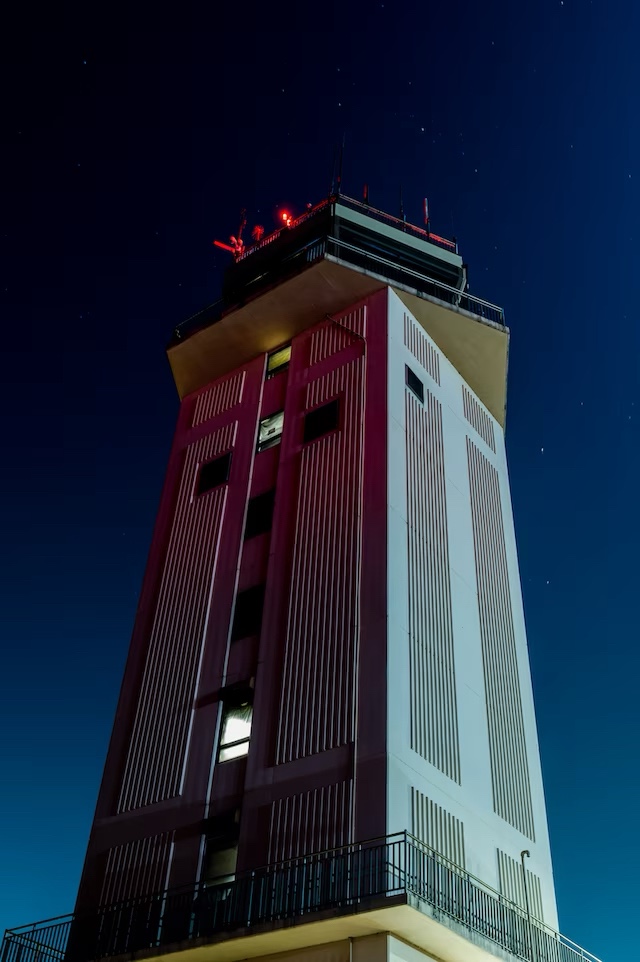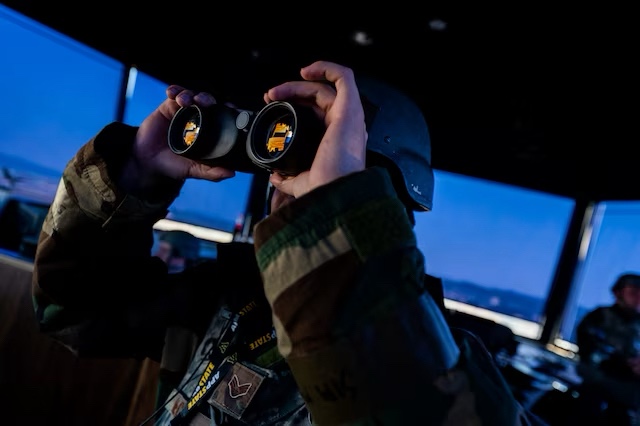FAIRCHILD AIR FORCE BASE, Wash. (AFNS) —
Airmen assigned to the 92nd and the 141st Air Refueling Wings conducted exercise Titan Fury 24-1 at Fairchild Air Force Base, Nov. 13-17.

During the exercise, Airmen demonstrated how various support activities contribute to mobilizing KC-135 Stratotankers at a moment’s notice if called upon to support strategic deterrence and other National Defense Strategy priorities.
“It’s critically important that Fairchild Air Force Base conducts exercises like this for one reason only, and that’s deterrence,” said Lt. Col. William Dowd, 97th Air Refueling Squadron commander. “We have to send a clear message to our adversaries and allies alike that Fairchild Air Force Base stands ready to execute this mission. Without making sure our crews are ready and able—regardless of how hard it is and how fast we need them to be—we can’t ensure the delivery of deterrence worldwide.”
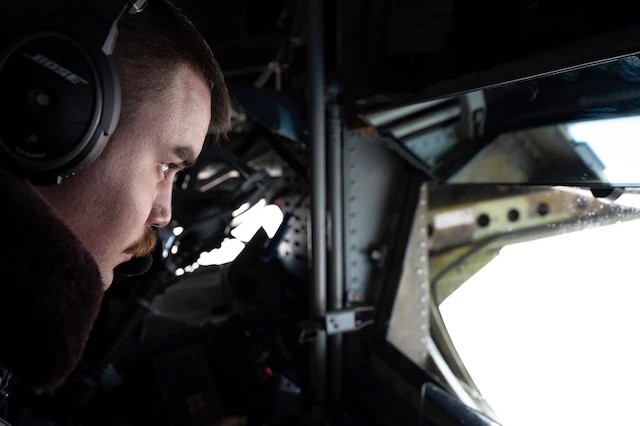
For decades, the KC-135 has been the backbone of Air Mobility Command’s air refueling capabilities around the world because of its ability to extend global reach and project U.S. airpower.
Dowd explained how teamwork and collaboration are the keys to Fairchild AFB’s ability to keep this proud tradition going strong.
“The teamwork that goes into executing a mission of this scale really boils down to the relationship between operations and maintenance, then everything else has to come up and build the support pyramid for those two,” he said. “It is a challenging week for everybody, from maintenance and operations to the defenders in security forces who protect the ramp and aircraft and the folks in the Force Support Squadron who are turning out meals for them and bringing food to the crews at the jet.”
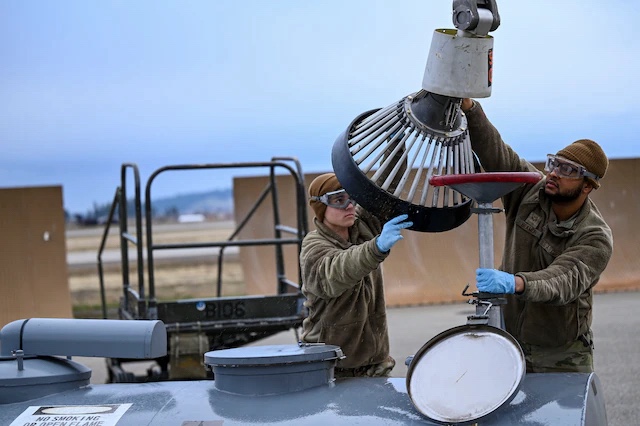
Dowd also praised the hard work and long hours of airfield managers, fuel operations, safety, inspector general and the other essential functions of the exercise that enable mission readiness.
“We could tell they were getting tired, but there was a gleam in their eyes, and we knew they were ready to show the world that Fairchild is ready to execute this mission,” he said. “The 92nd ARW, along with our Guard partners, the 141st ARW, conduct these exercises to ensure we are always prepared because there isn’t an aircraft in our fleet that can kick ass without tanker gas.”
In addition to the 92nd ARW active duty and 141st ARW Air National Guard units at Fairchild AFB, TF-24-1 included aircraft and personnel assigned to the 912th Air Refueling Squadron who traveled from March AFB, California, to participate. The 912th ARS is a geographically separated unit of the 92nd ARW.
According to Lt. Col. Roque Zarate, 912th ARS director of operations, participating in the exercise enabled his unit to integrate with 92nd ARW Airmen and build interoperability in a training environment that resembles the manner in which they would operate during a real-world scenario.
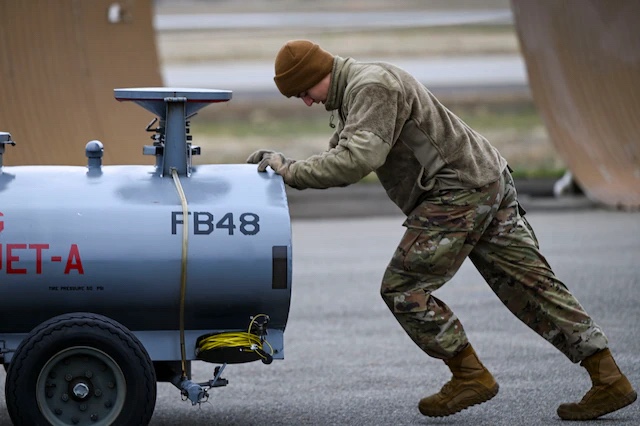
“Titan Fury is important, not only for the aircrews and maintenance, but for our controllers as well,” he explained. “They have to practice things that maybe they’re not used to with the crews that are organic to the 92nd. So, for them to actually integrate us into the exercise, being a geographically separated unit, there’s a lot more planning and a lot more nuances. It’s important for everybody to exercise the way we would go to war, or really, to deter our adversaries from attacking us.
“It’s nice just for us to be able to come here and see how our parent wing executes the same [mission],” Zarate added. “We’re taking lots of notes on how we can do things better at March, and we’re also providing notes to Fairchild on what they can do better.”
Master Sgt. Dustin Brockman, a generation superintendent for TF 24-1, highlighted the importance of exercising to build both proficiency and speed.
“[Getting] the aircraft ready quickly is important,” he said. “If it was a real-world situation, we don’t know how fast we would need to act. If we take too long to get ready, then we might not be able to meet the mission requirements. We work quickly yet safely to get the aircraft generated as fast as possible.”
Like many Airmen, this exercise was a first for Capt. John Will, a KC-135 pilot assigned to the 97th Air Refueling Squadron. He said his first Titan Fury experience enabled him to develop at a steady pace in his role as an aircraft commander supporting Fairchild AFB’s mission.
“There’s still a lot of learning to be done,” he said. “I feel like with every step of the process, I’ve been slowly learning this mission and getting better at it. We do other smaller exercises and classes to get us ready for this, so it’s not just everything at once. Seeing it all come together has been really cool.”
This recurring total force exercise is an example of how the 92nd ARW and the 141st ARW at Fairchild AFB are engaged, postured and ready with a credible force to assure, deter and defend in an increasingly complex security environment.
“We ran 24-hour operations for a week, generated 21 aircraft and demonstrated our ability to deploy personnel and conduct our mission from anywhere,” said Col. Chesley Dycus, 92nd ARW commander. “We did this all by combining our efforts with our teammates in the 141st ARW, and the crews and jet here from the 912th ARS. I couldn’t be more proud.”
92nd Air Refueling Wing Public Affairs
